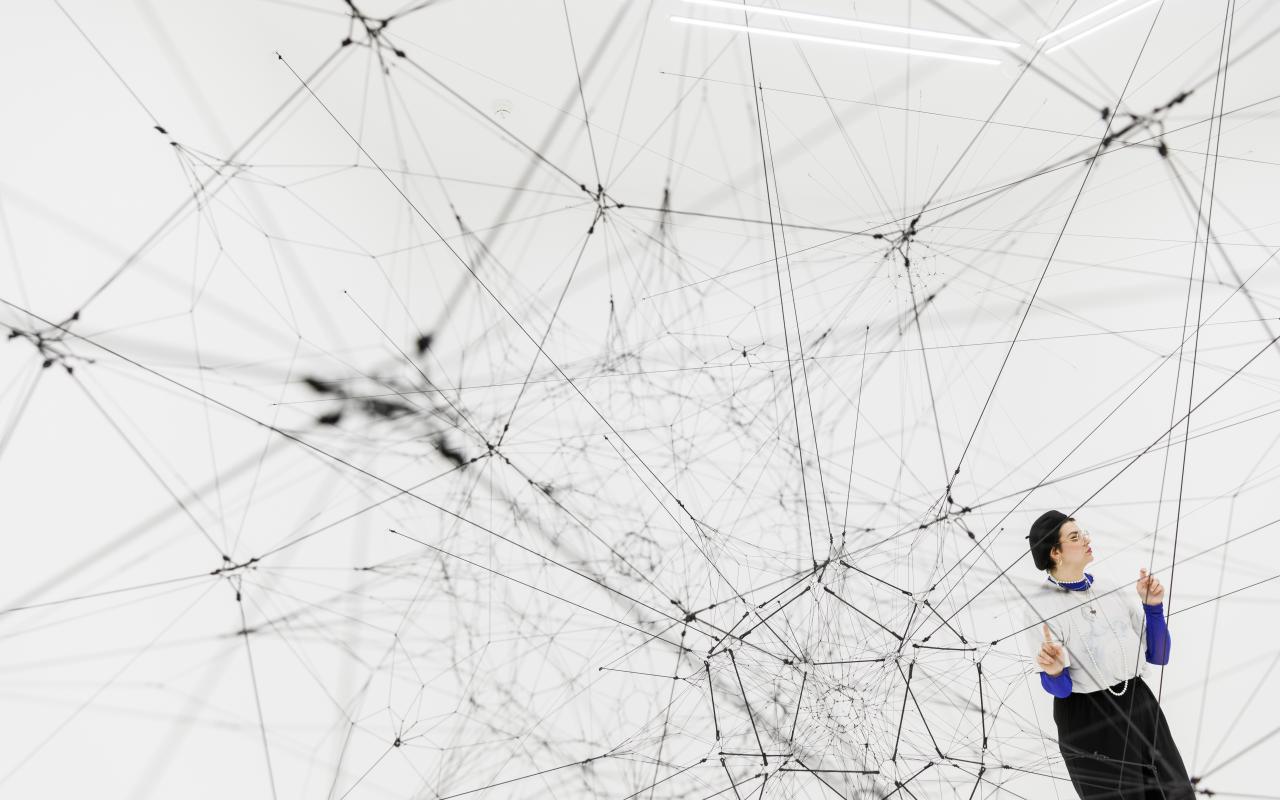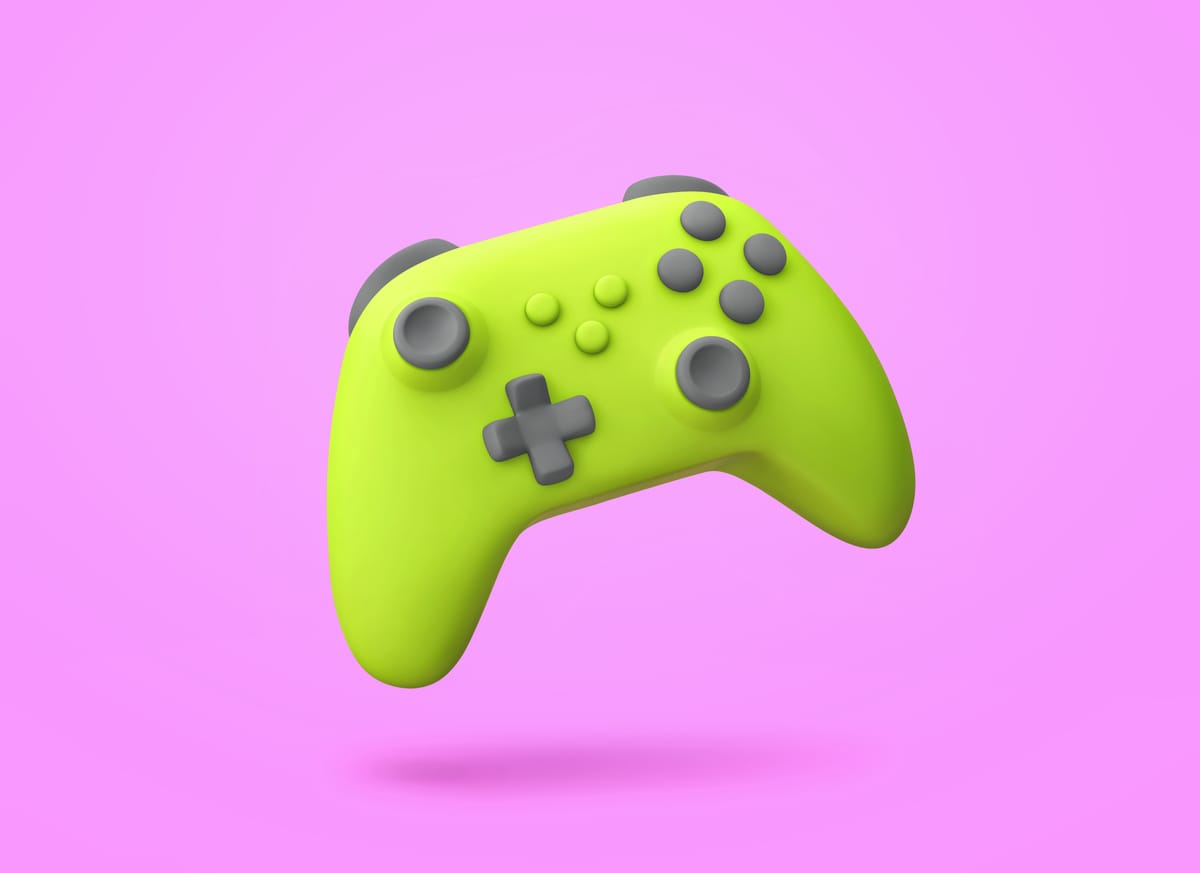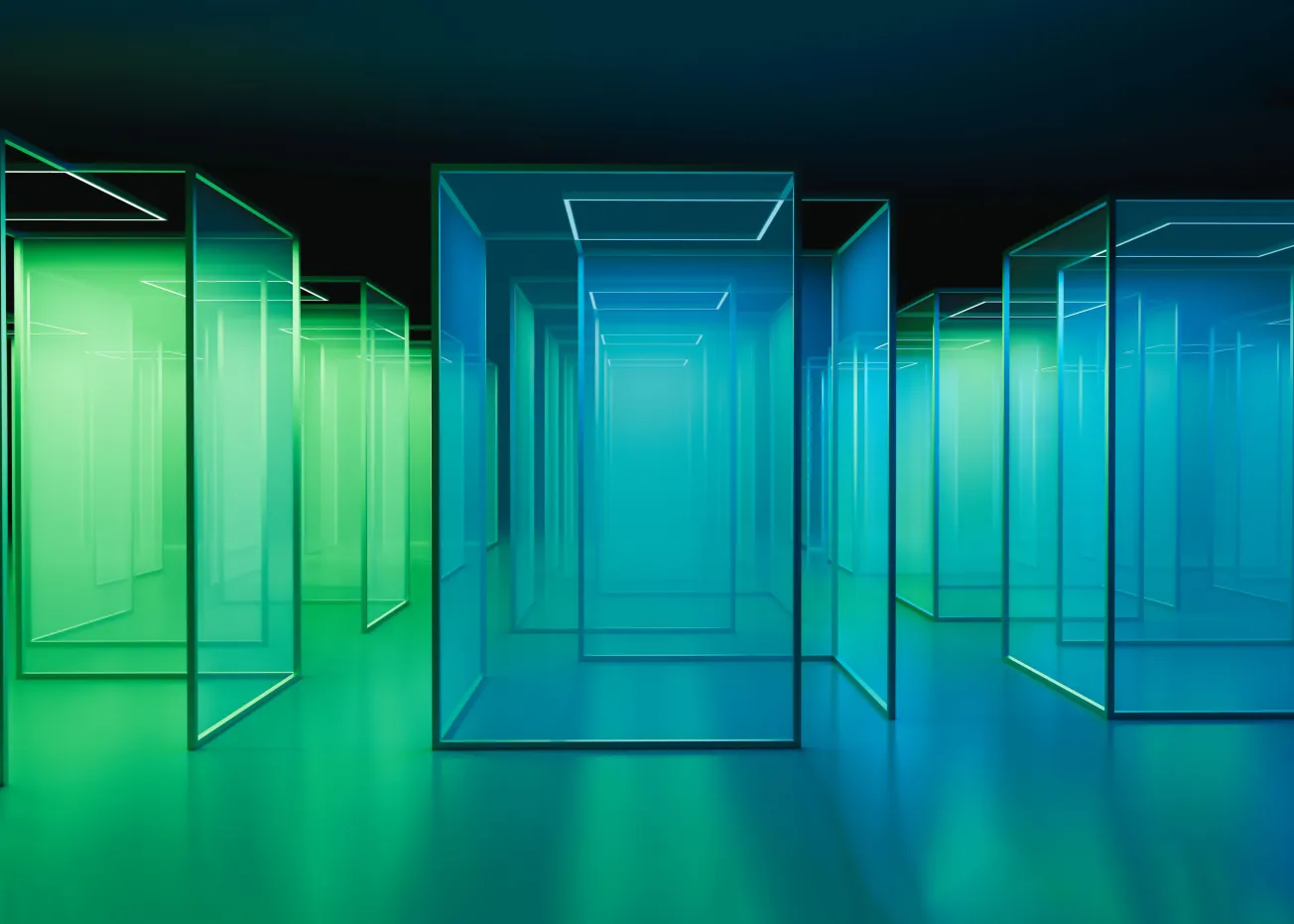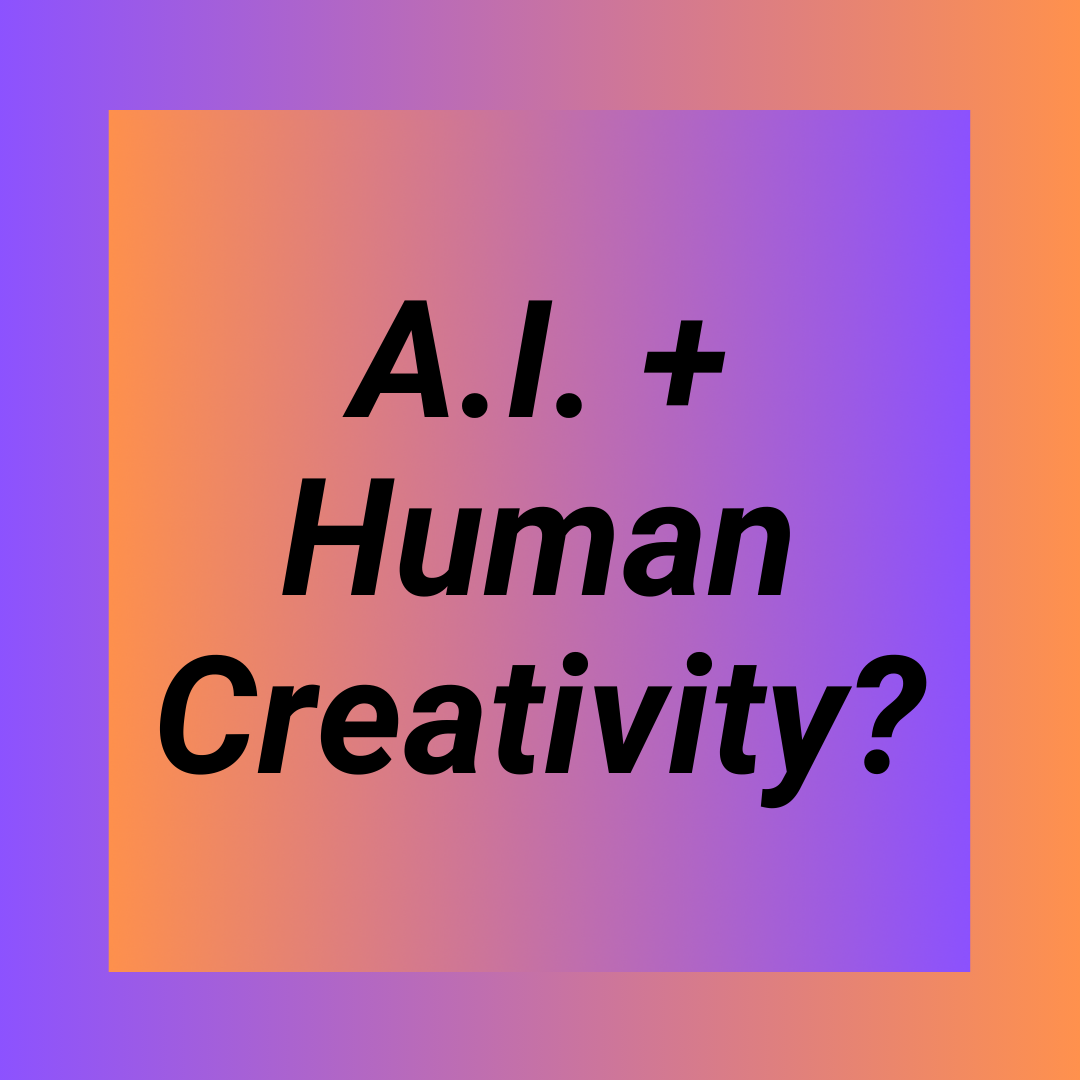Recently, the Center for Art and Media Karlsruhe (ZKM) presented Renaissance 3.0: A Base Camp for New Alliances of Art and Science in the 21st Century, curated by the late Peter Weibel, and ZKM curator Anett Holzheid. The exhibition represents a culmination of a truly transformative era wherein Weibel, who served as Chairman and CEO of ZKM from 1999 until his unexpected passing on March 1, 2023, was profoundly instrumental.
The title "Renaissance 3.0" pays homage to previous ZKM exhibitions known as "Renaissance 2.0," in the GLOBALE exhibitions Infosphere and ExoEvolution in 2015. However, this current iteration is not merely a sequel; it's a convergence of fresh perspectives. It showcases a blend of newly commissioned works alongside pieces created within the last two to five years. The curatorial approach includes highlights from past exhibitions as well as archival materials. The exhibition spans multiple historical epochs, commencing with the Islamic Golden Age. During this era, cities like Baghdad, Cairo, and Córdoba emerged as intellectual hubs where art, architecture, science, philosophy, and medicine flourished. Texts from classical Greek antiquity were translated, elaborated upon, and transmitted to Europe, seeding the first Renaissance. The subsequent European Renaissance, spanning the 15th and 16th centuries, witnessed the revival of classical knowledge in philosophy, literature, and art. This intellectual resurgence impacted diverse domains, from art and science to politics and religion. Art, science, and technology thrived, fueled by the wealth of independent city republics like Florence and Venice, igniting a commercial revolution that intertwined art and commerce.
The exhibition thoughtfully juxtaposes the achievements of the Islamic Golden Age with contemporary creations. Digital versions of historical manuscripts, such as Ibn al-Razzaz al-Jazari's "Compendium on the Theory and Practice of the Mechanical Arts" and "The Book of Ingenious Devices" by the Banú Músà bin Shákir, offer insights into medieval imaginaries. These historical treasures coexist alongside modern interpretations, like artist Liang Zhipeng's 2015 reconstruction of the Zurna music finger recorder, based on a surviving film copy of a destroyed manuscript. The exhibition also immerses visitors in the Renaissance of Europe through 17th-century engravings featuring Sébastien Leclerc's "L'Académie des Sciences et des Beaux-Arts." This visually striking tableau portrays intellectual discourse amid classical columns, a testament to the flourishing synergy between art, science, and technology.
From the curator's perspective, we stand on the cusp of a third renaissance. In an era where knowledge is more accessible than ever, fueled by extensive digitization, art and technology-driven science now share a common toolbox. This cross-pollination of tools and ideas extends beyond scientific and artistic realms into the broader interdisciplinary landscape. "Renaissance 3.0" transcends boundaries, addressing contemporary environmental concerns. It underscores the transformative potential of collaborations between artists, scientists, and hybrid practitioners. Such partnerships not only break down the walls of specialization but also foster innovation and catalyze essential transformation processes.
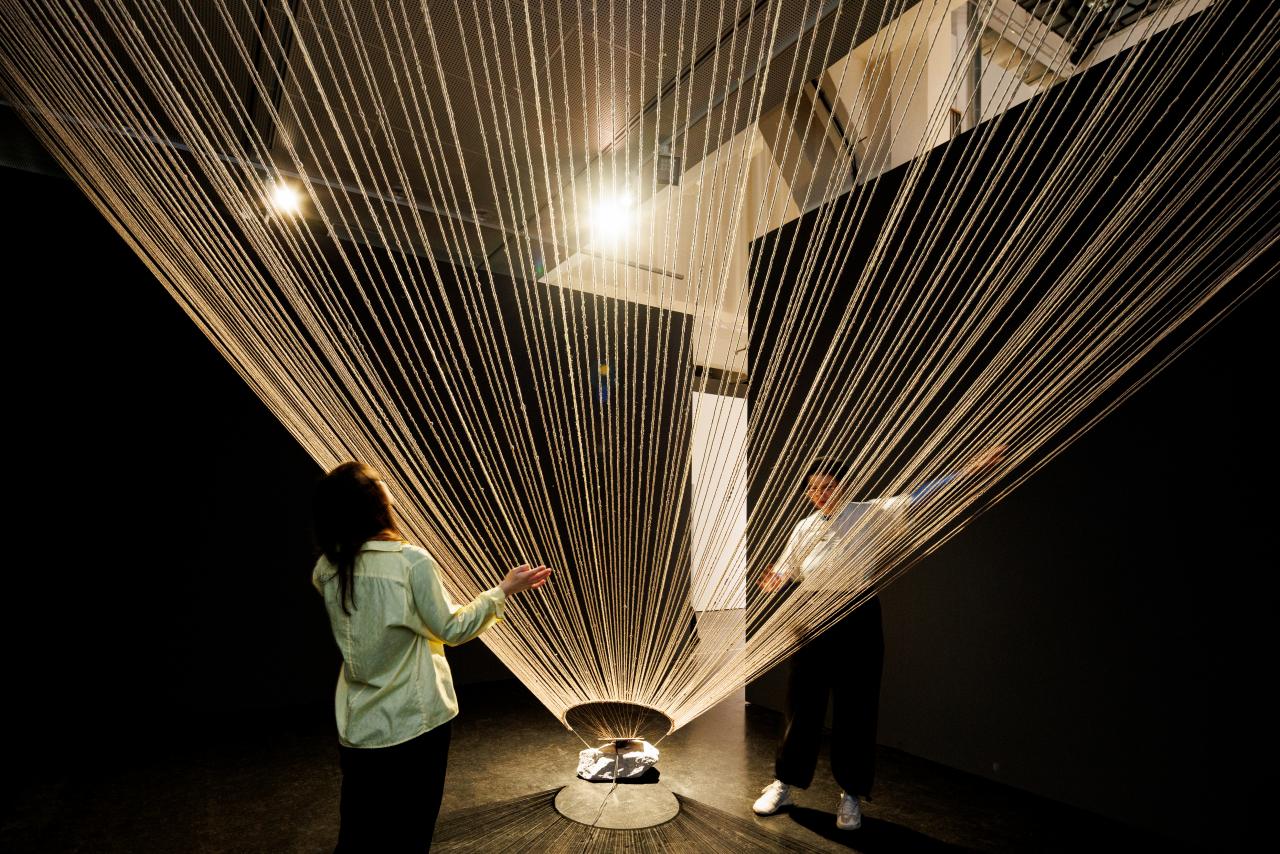
This exhibition codifies the profound link between science, society, and art, nurturing dialogue, collaboration, and interdisciplinary learning. Peter Weibel's legacy is deeply rooted in the belief that reality is malleable, shaped by mediations and possibilities. Art, in his view, is not a mere aesthetic object but a potent vehicle for shaping worldviews. In an era defined by coevolutionary dynamics between natural and technological systems, "Renaissance 3.0" underscores the imperative for systemic change. It challenges the prevailing anthropocentric models of development and invites us to envision alternative pathways that harmonize with our world. As we confront global challenges, including climate science, energy transition, food security, and pandemics, 21st-century art emerges as a beacon, illuminating possible futures.
This transformative exhibition features a diverse array of artists whose works collectively epitomize the spirit of "Renaissance 3.0." Their contributions serve as a testament to the enduring power of art, science, and technology to shape the world we inhabit.
Artists featured in the exhibition include Louis Bec, Otto Beckmann, Oskar Beckmann, Michael Bielicky, Kamila B. Richter, Hubert Blanz, Jonathan Borofsky, Tega Brain, James Bridle, Daniel Canogar, Lutz Dammbeck, Agnes Denes, Götz Dipper, Anna Dumitriu & Alex May, Thomas Feuerstein, Holger Förterer, Julie Freeman, Christoph Girardet, Barbara Hammer, Ivan Henriques, Lynn Hershman Leeson, Jan van IJken & Jana van Winderen, Interspecifics, Manfred P. Kage, Jens Kull, Armin Linke, Bernd Lintermann, Christian Lölkes, Christian Losert & Daniel Dalfovo, Rafael Lozano-Hemmer, Ana Mendieta, Dorcas Müller, Pasi Orrensalo, Paul Panhuysen, Constanza Piña Pardo, Helen Pynor, robotlab, Tomás Saraceno, Sivu, Nina Sobel, Saša Spačal, ::vtol::, Peter Weibel, Michel Winterberg, and Liang Zhipeng.

